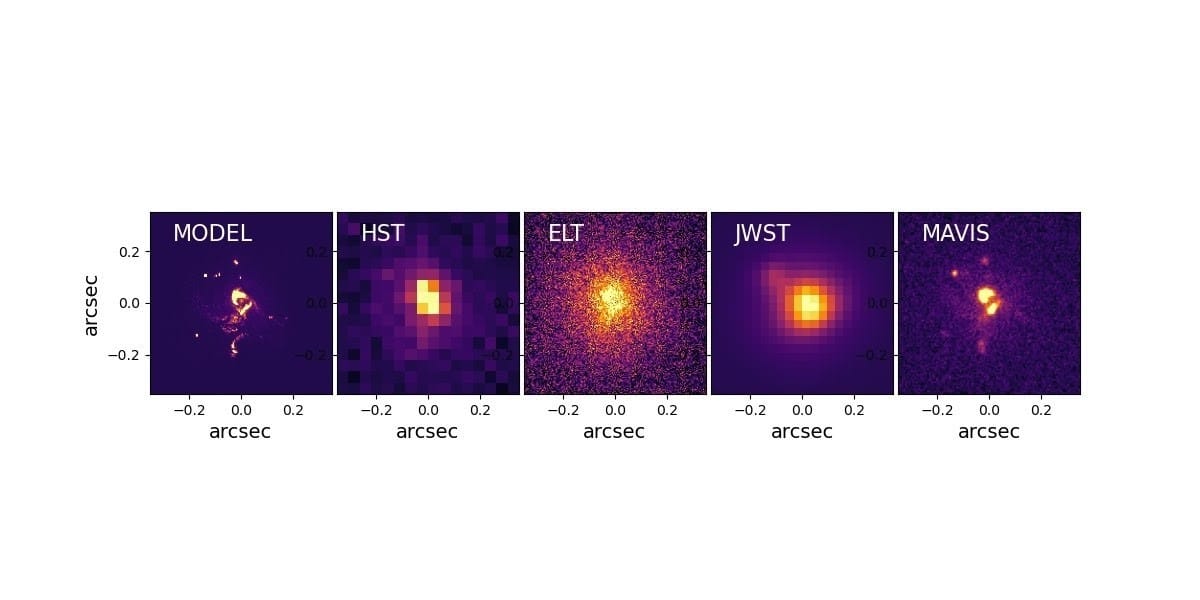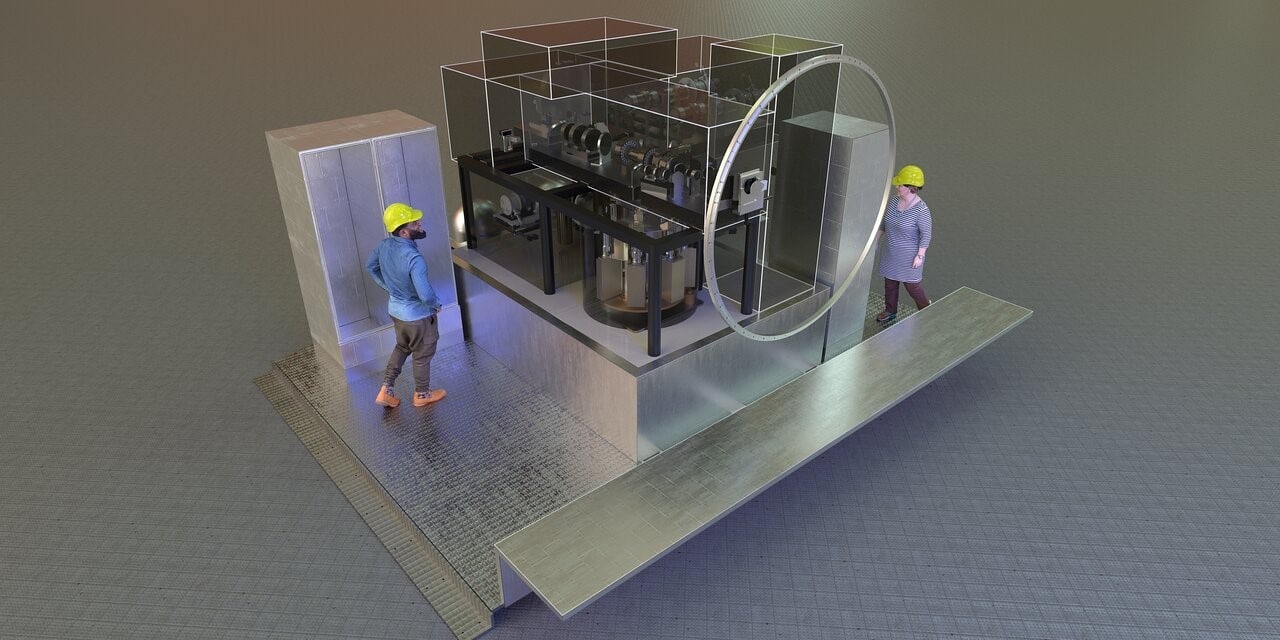ANU scientists will help construct one of the world’s most powerful ground-based telescopes, known as MAVIS, that promises to see further and clearer than the Hubble Space Telescope and unlock mysteries of the early Universe.
The team will develop a new, world-first instrument that will produce images three times sharper than Hubble under the multimillion dollar project.
The MAVIS instrument will be fitted to one of the eight-metre Unit Telescopes at the European Southern Observatory’s (ESO’s) Very Large Telescope in Chile, to remove blurring from telescope images caused by turbulence in Earth’s atmosphere. MAVIS will be built over seven years at a cost of $57 million.
The MAVIS consortium is led by The Australian National University (ANU), and involves Macquarie University, Italy’s National Institute for Astrophysics (INAF) and France’s Laboratoire d’Astrophysique (LAM).

MAVIS principal investigator Professor François Rigaut, from the ANU Research School of Astronomy and Astrophysics, said atmospheric turbulence is like the phenomenon of objects appearing blurry on the horizon during a hot day.
“MAVIS will remove this blurring and deliver images as sharp as if the telescope were in space, helping us to peer back into the early Universe by pushing the cosmic frontier of what is visible,” he said.
“The ability to deliver corrected optical images, over a wide field of view using one of the world’s largest telescope, is what makes MAVIS a first-of-its kind instrument, and means we will be able to observe very faint, distant objects.
“We will be able to use the new technology to explore how the first stars formed 13 billion years ago, as well as how weather changes on planets and moons in our Solar System.”
Associate Professor Richard McDermid, the MAVIS project scientist based at Macquarie University, said the project represents a significant milestone for Australia’s growing relationship with ESO, and the nation’s space research and work.
“MAVIS demonstrates that Australia can not only participate in the scientific life of the observatory, but can also be a core player in helping ESO maintain its leadership by developing unique and competitive instruments using Australian expertise,” he said.
Professor Matthew Colless, director of the ANU Research School of Astronomy and Astrophysics, said the coming decade represents a very exciting time for astronomy.
“ESO and Australia entered a 10-year strategic partnership in 2017, a partnership that the Australian astronomy community has embraced with enthusiasm,” he said.
“In return for building MAVIS, the consortium will get guaranteed observing time with the instrument, as well as a financial contribution from ESO for its hardware.”

Background
MAVIS, which stands for Multi-conjugate-adaptive-optics Assisted Visible Imager and Spectrograph, will make full use of the Very Large Telescope’s sophisticated Adaptive Optics Facility, which has powerful laser guide stars and an adaptive mirror that can be deformed hundreds of times per second to correct for the atmospheric blur. MAVIS will include two more adaptive mirrors and other systems to better correct these distortions.
Astronomy Australia Limited (AAL) supports the Australian Government in the Strategic Partnership with ESO by managing domestic arrangements and funding for the AAO – the national optical instrumentation capability. AAL funding for the AAO’s MAVIS project is awarded via the National Collaborative Research Infrastructure Strategy (NCRIS) program, an Australian Government initiative. AAL also oversees activities and stakeholder communications to ensure Australian astronomers get the best information and access to ESO.



